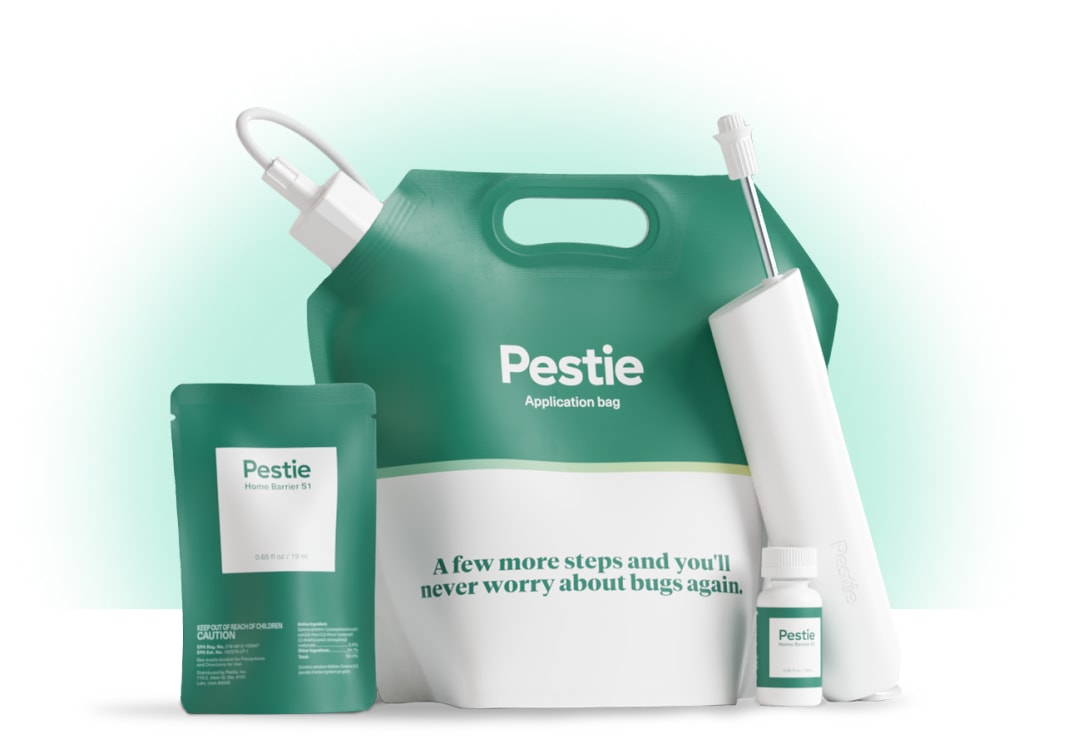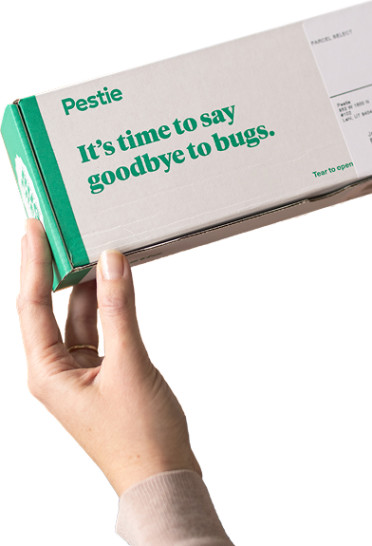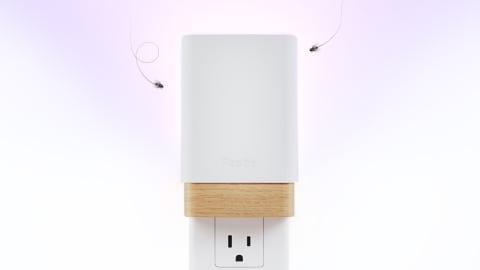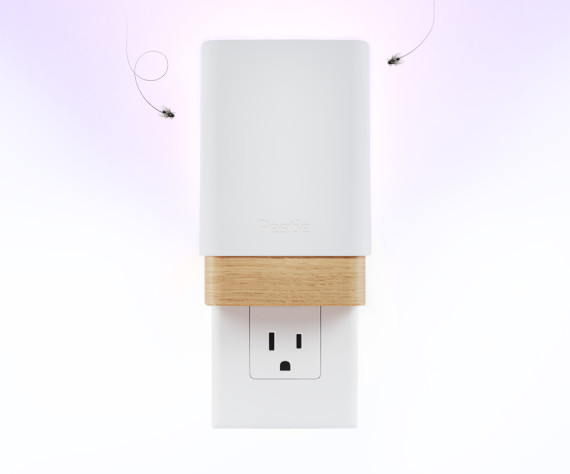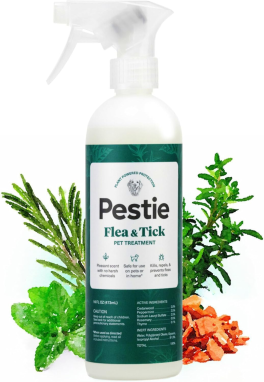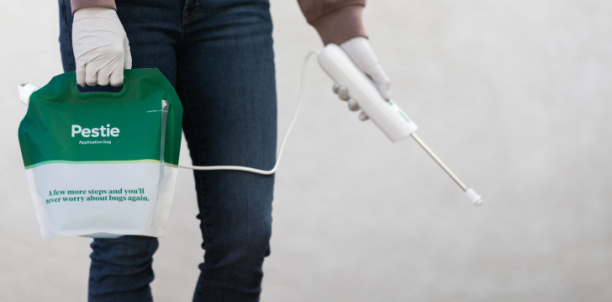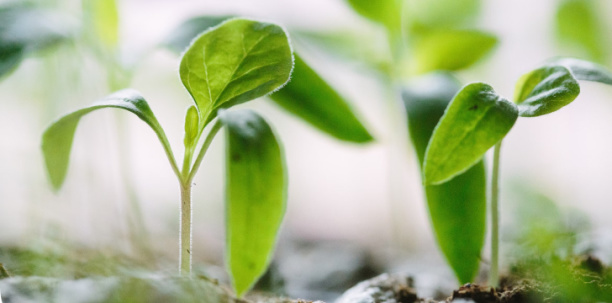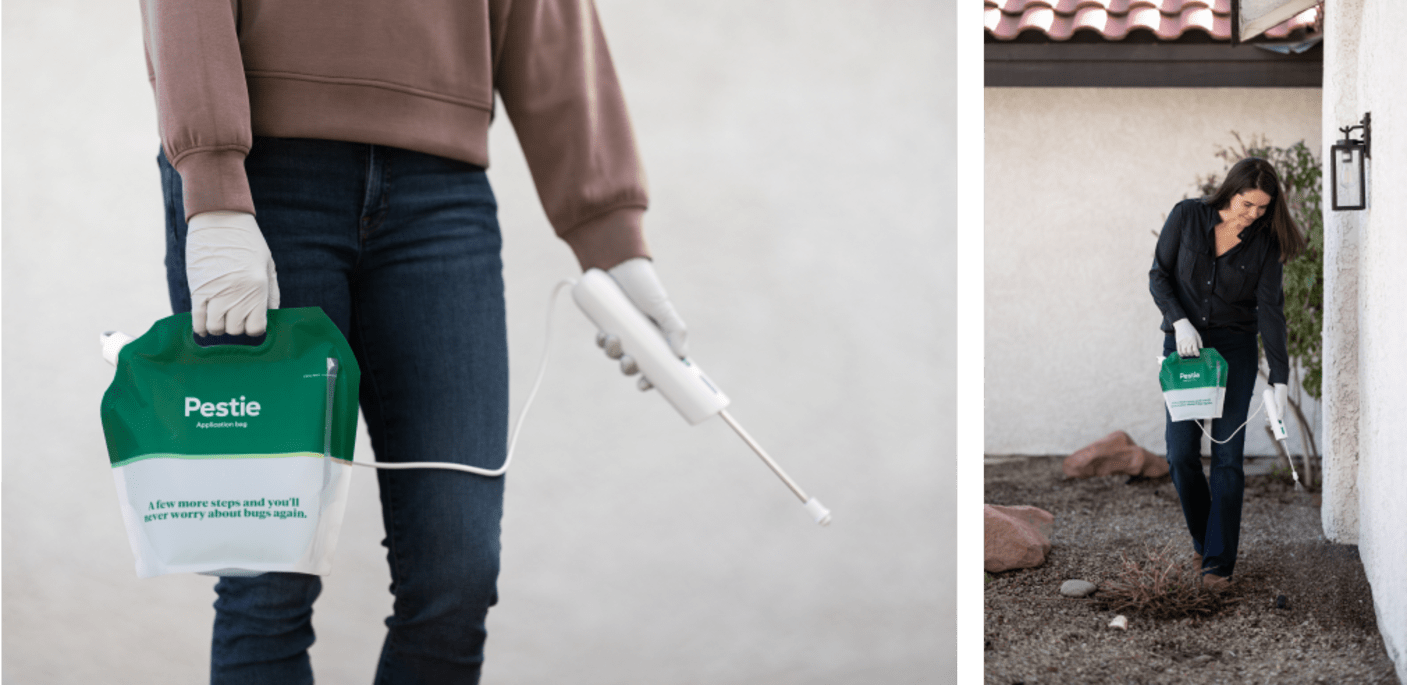How to identify and get rid of whiteflies
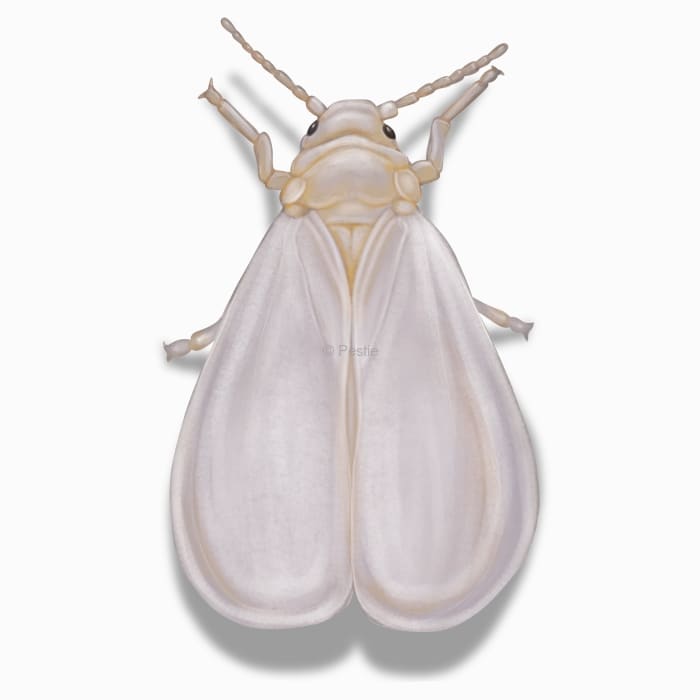
Whiteflies: sapsuckers on the wrong side of the leaf
Anyone with houseplants knows that your green-leafed friends could be vulnerable to attack when you least expect it. Their leaves are turning yellow despite your careful watering and cautious care. But flip the leaves over, and you might be surprised by what you find.
Whiteflies are small, soft-bodied insects that aren’t really flies. They are closer related to aphids and mealybugs. They have piercing-sucking mouthparts that they use to slurp up plant sap. If there are enough whiteflies, it can severely damage the plant.
Since these vulnerable little guys can’t take the cold winters very well, they prefer to live in greenhouses or indoors on your houseplants. So, if you’re bringing in your plants or buying new ones from a greenhouse, take a moment to look your plant over from top to bottom for whiteflies.
How to identify white flies
Whiteflies are super tiny and can be hard to see with the naked eye. Even with a magnifying glass, it can be challenging to determine what sort of pest you are dealing with.
You’ll want to check the underside of leaves to find a cluster of whiteflies. Once you disturb them, it can seem like you brushed a pile of ash off the leaf. Their nymphs are wingless, and some are even legless! The immature whiteflies are even smaller than adults, looking like specks of dust.
Look for yellowing leaves, stunted growth, and a sticky substance on leaves or the ground beneath. Whiteflies produce honeydew; the sugar remains of all that plant juice they suck up. The honeydew will drip below their cluster, creating sooty mold on other leaves or surfaces. Spotting these signs early can save your garden from these tiny plant parasites.
How big are whiteflies?
Whiteflies are pretty tiny, usually not growing bigger than 1/16 inch long.
What other pests look like a whitefly?
Since they are so small, whiteflies can look very similar to aphids, scales, or mealybugs. However, none of those insects flutter in the air when they are disturbed like whiteflies do.
Where do whiteflies live?
Whiteflies enjoy the warmer climates but have adapted to live across most of the United States, especially in greenhouses.
They love to hang out on houseplants or in greenhouses, enjoying the warm, humid conditions. You can also find them outside in gardens, sucking on vegetables, ornamental plants, and even some weeds.
How to get rid of whiteflies
Whiteflies are often difficult to control. Why? Because their stealthy nature and quick multiplying capabilities can get out of hand unless all whiteflies are eliminated. By remaining observant and diligent with treatment and care, you can reduce and get rid of whiteflies on your plants.
Here are a few pesticide-free ways to control whiteflies:
- Yellow sticky traps: Use these traps to catch any flying adults near your plants. Also, it is an excellent way to monitor for future infestations.
- Hand removal: It is often best to spray off whiteflies with a jet of water or wipe off leaves with a wet cloth.
- Encouraging natural predators: Ladybugs and lacewings love to snack on whiteflies. Plant companion plants that ladybugs and lacewings are attracted to.
Treat whiteflies with Pestie
If you're still having trouble keeping whiteflies away, the best option is to use a pro-grade, effective pest control solution like Pestie.
Pestie is a do-it-yourself pest control solution that's specially designed to keep whiteflies and other pests away from your home.
With Pestie, you can rest easy knowing that your living space is protected and free of creepy crawlies. And the best part? It's designed for people, pets, and the planet, so you can say goodbye to harsh chemicals and hello to peace of mind!
- Save hundreds compared to traditional annual pest plans
- People, pet, and planet-friendly
- Pro-grade customized formulas
Quick facts
- Scientific name
Family: Aleyrodidae
- Colors
White, yellow, sometimes green or even black
- Life span
2 months
- Diet
A wide range of plants, including vegetables, landscape plants and ornamental plants
How dangerous are Whiteflies?
Low danger risk
Whiteflies don’t bite, sting, or carry any diseases that harm people or pets. However, they have been known to vector over 100 plant diseases and viruses.
Some types of parasitic wasps lay their eggs inside whiteflies. When the eggs hatch, they eat the whitefly from the inside out, leaving an empty shell of a body behind.
